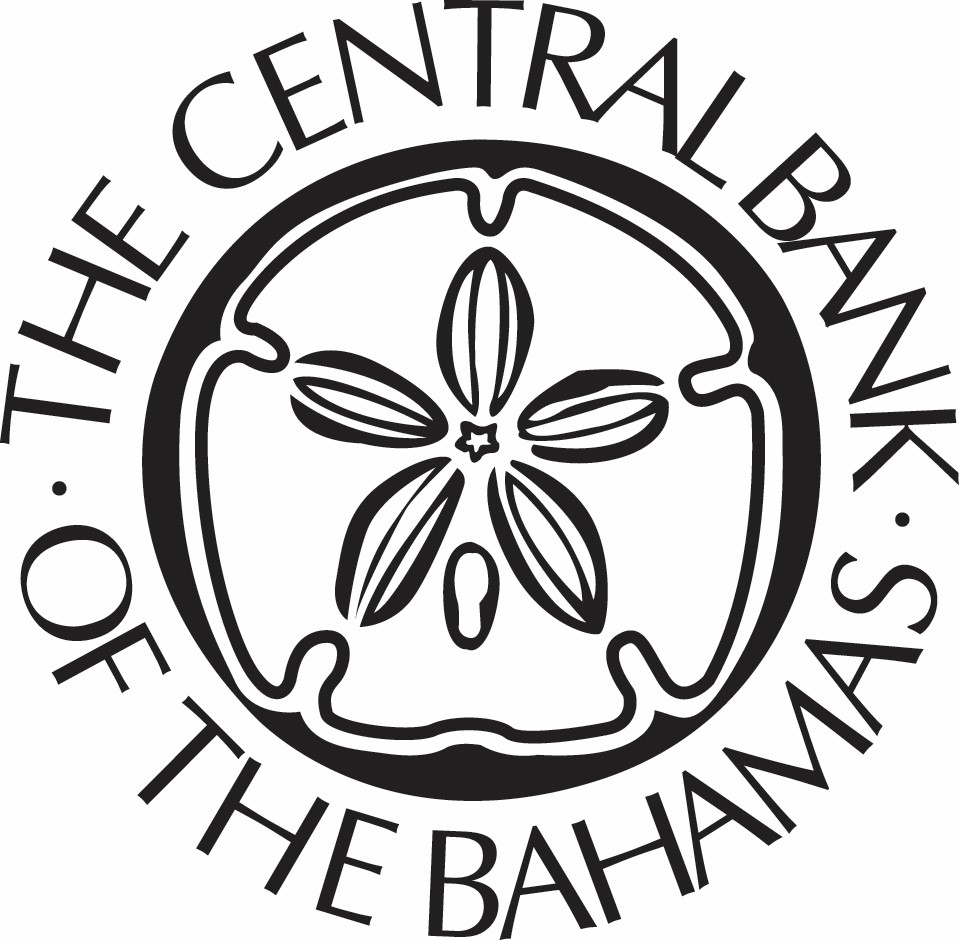Nestled amidst the sun-kissed shores of the Bahamas, the sand dollar, a delicate marine creature, holds a unique significance. Its bleached-white skeleton, resembling a silver coin, has been a source of fascination and folklore for centuries. Yet, this seemingly harmless entity also mirrors a darker truth – the Bahamas’ history of financial exclusion.
A Legacy of Discrimination
The domestic financial system in the Bahamas, much like the sand dollar’s delicate form, has been marred by discriminatory practices. Official policies and in-house regulations have effectively excluded or restricted access to financial services for a significant portion of the population.
The 2001 suite of anti-money laundering (AML) legislation, enacted in response to international concerns, introduced stringent customer due diligence (CDD) measures. These measures, while intended to combat financial crime, inadvertently created barriers to basic financial services for many Bahamians.
Further exacerbating the issue, commercial banks tightened CDD standards in recent years to comply with stricter correspondent banking relationships (CBRs). These stricter CBRs, a consequence of international assessments that deemed the Bahamas’ AML/CFT regime to be at higher risk, disproportionately affected smaller banks and non-profit organizations.
The Sand Dollar’s Limitations
Until 2018, Exchange Control Regulations further limited access to financial systems for non-residents. Restrictions on non-residents’ access to Bahamian dollar deposit accounts, which could have facilitated domestic payments transactions, effectively hampered their ability to participate in the local economy.
A Gradual Shift
In recent years, there have been some positive developments in the Bahamas’ financial landscape. Reforms introduced in 2018 and 2019 have aimed to alleviate some of the discriminatory practices that have hindered financial inclusion.
However, these reforms have been met with mixed reactions. Anecdotal feedback suggests that the system’s transition to a more accommodating state has been slow and gradual. The legacy of discrimination lingers, and disparities in access to financial services remain.

The Way Forward
To truly address the issue of financial exclusion in the Bahamas, comprehensive measures are needed. These measures should focus on dismantling the discriminatory practices that have plagued the system for far too long.
Enhancing CDD procedures while ensuring they do not create undue burdens on individuals and organizations is crucial. Streamlining CBR requirements and ensuring that these requirements are applied fairly and transparently is equally important.
Furthermore, addressing the limitations imposed by Exchange Control Regulations is essential for enabling non-residents to fully participate in the Bahamian economy.
The sand dollar, though delicate in appearance, holds a resilient spirit. Just as this marine creature navigates the ocean’s depths, the Bahamas can overcome its legacy of financial exclusion and emerge as a more inclusive and equitable financial system. The path forward may be challenging, but the rewards – a more inclusive, vibrant economy and a society where everyone has access to the financial services they need – are well worth the effort.



